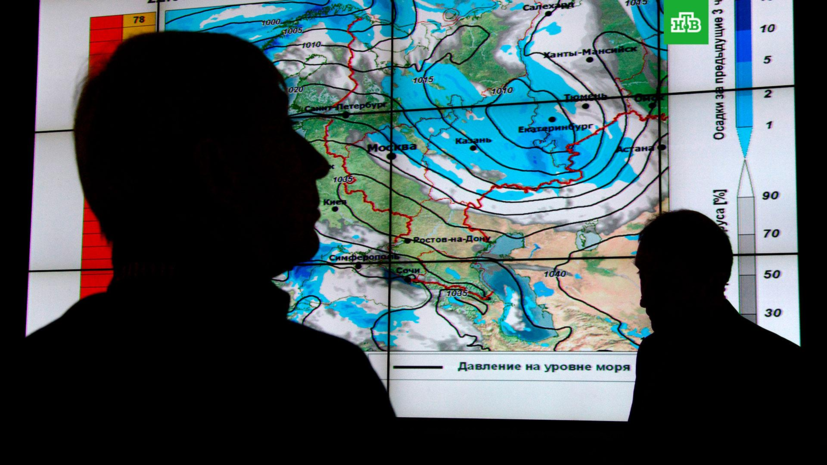Leading specialist of the Meteonovosti news agency Tatyana Pozdnyakova explained that
the
atmosphere is very mobile and has not been fully studied, which is why inaccurate forecasts occur.
“But the most important thing is to predict unfavorable and dangerous events that can harm the population and our national economy. As for dangerous and unfavorable phenomena, of course, the accuracy of forecasts has increased due to the fact that we have increased the number of stations and the power of computer technology,” the expert said.
The head of the Meteo forecasting center, Alexander Shuvalov, emphasized that the weather is still the state of the atmosphere at a particular moment.
“If we talk about anomalies, then the forecast limit is still difficult to predict. 7-10 days is the limit of weather predictability. But fields of deviations from the norm can be predicted both monthly and seasonally in advance,” said RT’s interlocutor.
He added that it is much more difficult to predict the weather in summer than in winter.
“And in winter there are large-scale eddies that are well calculated and behave more or less predictably. Therefore, it is easier to work in winter. It is especially good when a blocking anticyclone arises. An inertial forecast, that is, when you say that tomorrow the weather will be the same as today, works one hundred percent. In winter, there are much more such situations, especially in Siberia, than in summer,” concluded Shuvalov.
Scientific Director of the Hydrometeorological Center of Russia Roman Vilfand clarified that the quality of forecasts has improved greatly.
“Today the accuracy of the forecast on the fifth day is the same as 50 years ago - for 24 hours. The atmosphere is chaotic... The chaotic component is such that after two weeks the weight of random processes is very large. The success of forecasts depends on the time of year. In winter, the quality of forecasts is higher than in summer. In winter, the atmosphere moves mainly along the surface of the Earth,” the specialist explained.
In summer, according to him, the vertical weight of atmospheric processes is very large.
“These vertical movements are still poorly described in models. In winter, people are better protected from dangerous phenomena, because the lead time of these dangerous phenomena is higher,” concluded RT’s interlocutor.
Earlier, Vilfand, in a conversation with RT, spoke about weather anomalies in the Urals and Yakutia.

